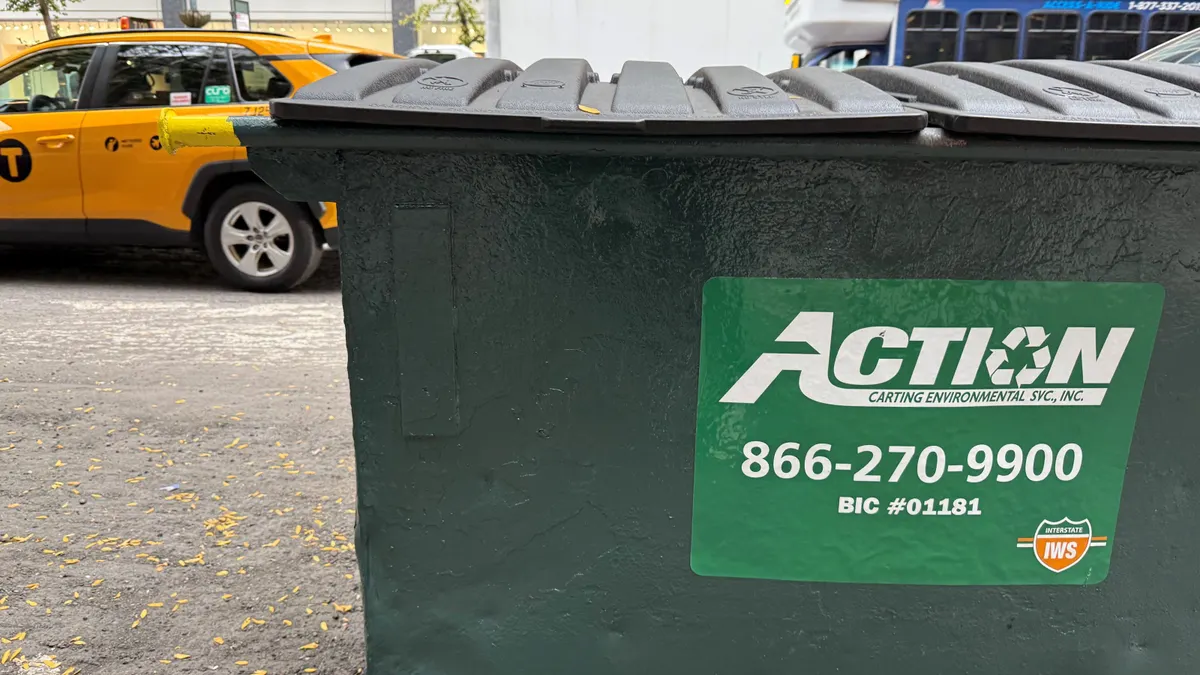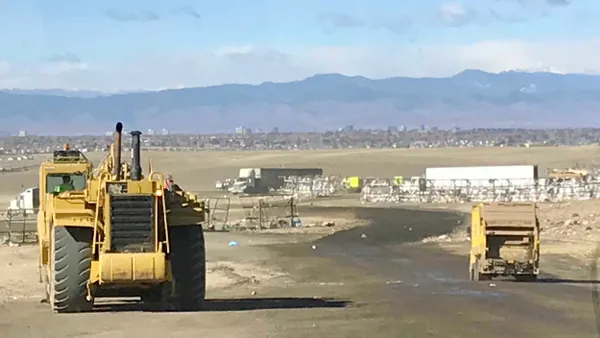When the Finger Lakes Zero Waste Coalition, a New York state group opposed to an Ontario County landfill expansion, recently took their issues to the state, they took exception to how emissions were calculated at the landfill. On the question of air pollution and air quality, Department of Environmental Conservation chief administrative law judge D. Scott Bassinson ruled that considering emissions coming from the landfill and coming from the recycling plant harvesting gas at that landfill as two separate sources was appropriate.
But the verdict could still be out on the matter, since the group is considering appealing the ruling.
Courts often have ruled in favor of complaining neighbors of industrial operations that are odorous, even siding with neighbors of rendering plants.
But some industries, like waste and recycling, are not odor-free. That’s why aggressive containment of odors is important, industry experts say. Recognizing that neighbors of a waste and recycling operation have a right to a reasonably good quality of life also is important.
Simple steps
The Environmental Protection Agency provides guidelines for handling municipal waste at transfer stations. The EPA recommends many tips for handling such waste, including these:
-
Increase the distance between the source of the odor, and those who will smell it;
-
Before determining where the transfer station will be built on a property, evaluate the prevailing wind direction;
-
Orient the transfer station building, and its doorways, with awareness of the odor-sensitive neighbors; and
-
Close as many of the building’s doors as practical during business hours.
Controlling landfill odors, though, is a bit more complex, since it involves simple steps taken on a grand scale. Municipal solid waste is by definition stinky, because food waste and other kinds of municipal waste begins to smell long before a garbage hauler grabs it. But good waste haulers, and conscientious landfill owners say they know they must do right by their neighbors and not just operate to the letter of the law, waste and recycling experts say.
"An operator really does need to be sensitive to the community’s concerns," said Tim O’Donnell, general manager for Republic Services in York, PA, and also a member of the board of directors of Keystone SWANA. "If your neighbors tell you that you have a problem, then you do."
O’Donnell and other industry pros point out that the single most effective method of controlling landfill odors is gas extraction. Other methods include covering the area with a layer of soil or a plastic cover. Spraying a foam concrete mix atop the area is another method, as is spraying a de-odorizing agent and/or water from hoses onto the landfill. One commonly used process provided by Dust Control Technology sprays an atomized mist of water to control odors. An offshoot of its DustBoss invention, OdorBoss was specifically designed to combat odors, and is marketed by DCT as way to prevent legal challenges from neighbors over odors.
"Insufficient cover is one of the issues that will lead to landfill odors," O’Donnell said. Other factors contributing to odors include new trash coming into the landfill daily, gas coming from an inactive landfill area, condensation inside the landfill’s gas capture system, or leachate, he added.
'You’ve got to be very proactive on it'
Waste and recycling is a high-profile business. People feel comfortable complaining about the industry’s operations, and operators should be comfortable in addressing concerns.
"The primary objective of waste management is public health, and community aesthetics," said Jeremy O’Brien, director of applied research for SWANA.
There are different types of landfill odors but if you manage the site right, you can really minimize those smells, said Ed Vogel, vice-president of family owned Vogel Disposal Service and Seneca Landfill, in Jackson Township, PA. The first defense against odors is the landfill’s gas extraction system, Vogel said.
Seneca Landfill has more than 150 gas wells drilled into the waste mass. The company extracts the methane and uses it to power a generator on-site. The generator heats the site’s water treatment plant. The company also uses mister technology at the landfill when needed.
"You’ve got to be very proactive on it. Any kind of odors — offensive or not," Vogel said.









